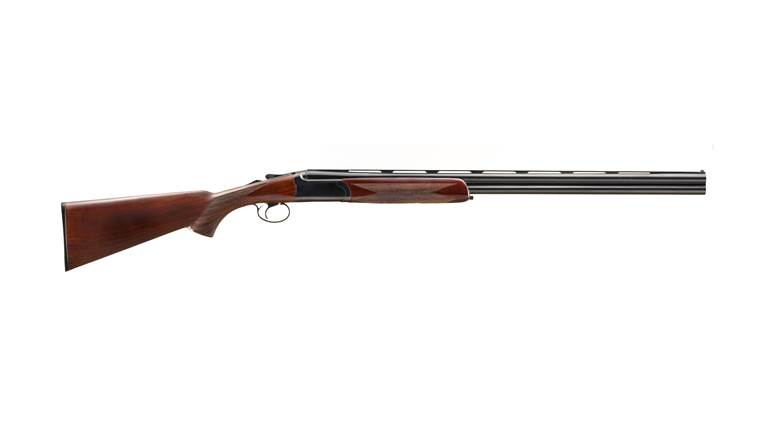
Labels are dangerous. Labels make it all too easy to stereotype, which results in misconceptions and preconceived notions. That said, labels are used in gun business for good reasons, primarily to make it easy to differentiate the many different types of firearms.
Specific labels like “waterfowl gun” and “trap gun” are harmless, but we get into trouble quickly when describing guns based on a presumed function or purpose. Terms like “tactical rifle” or “sniper rifle” are particularly damaging because they are presumed to be outside the realm of a totally absurd concept that the mainstream media has invented, “sporting purpose.”
Marketers are enamored with the label “tactical” as it implies something militaristic. There’s a strong Walter Mitty factor in “tactical” as a lot of consumers are enamored with the idea that owning a “tactical rifle” is the next best thing to being a Navy SEAL.
I think this is dangerous because it subtly endorses the view that there are “good guns” and “bad guns,” which is tantamount to admitting that some guns have a “sporting purpose” and others don’t.
This is nonsense. A prairie dog rifle is indistinguishable from a “sniper rifle” by any logical methodology. A Benelli R1 semi-auto hunting rifle is identical in function to a “tactical carbine.” And you’ll never be able to cogently differentiate a pump-action “tactical shotgun” from a well-worn dove and quail pump-gun.
I set about proving this point last week by taking a “tactical” bolt-action rifle on a hunting trip. The rifle is a Ruger Gunsite Scout Rifle, which is a bolt-action rifle with a detachable box magazine (DBM) holding 10 rounds. It’s fitted with a section of M1913 Picatinny rail forward of the action, just like my uber-tactical rifle from GA Precision.
To make sure my Ruger turn-bolt was as “tacti-cool” as possible, I fitted an AN/PVS-22 Universal Night Sight (UNS) to the forward rail and a U.S. Optics 1.5-6x “tactical” scope behind the UNS in high Ruger rings. I also fitted it with a flash suppressor and a SureFire 7.62 sound suppressor. The resulting rifle is identical in form and function to an M24 Sniper Weapon System (SWS) issued by the U.S. Army.
I took the rifle on an African safari, about as “sporting” as “sporting” gets. No one in Customs in either Zimbabwe or here in the U.S. said a word about the gray and black rifle appearing sinister. It functioned exactly like my Winchester Model 70 in highly figured walnut guise. The Winchester looks conventional while the Ruger is decidedly “tactical.” Which proves once again that labels are dangerous.





































